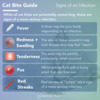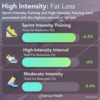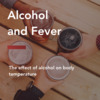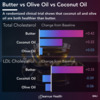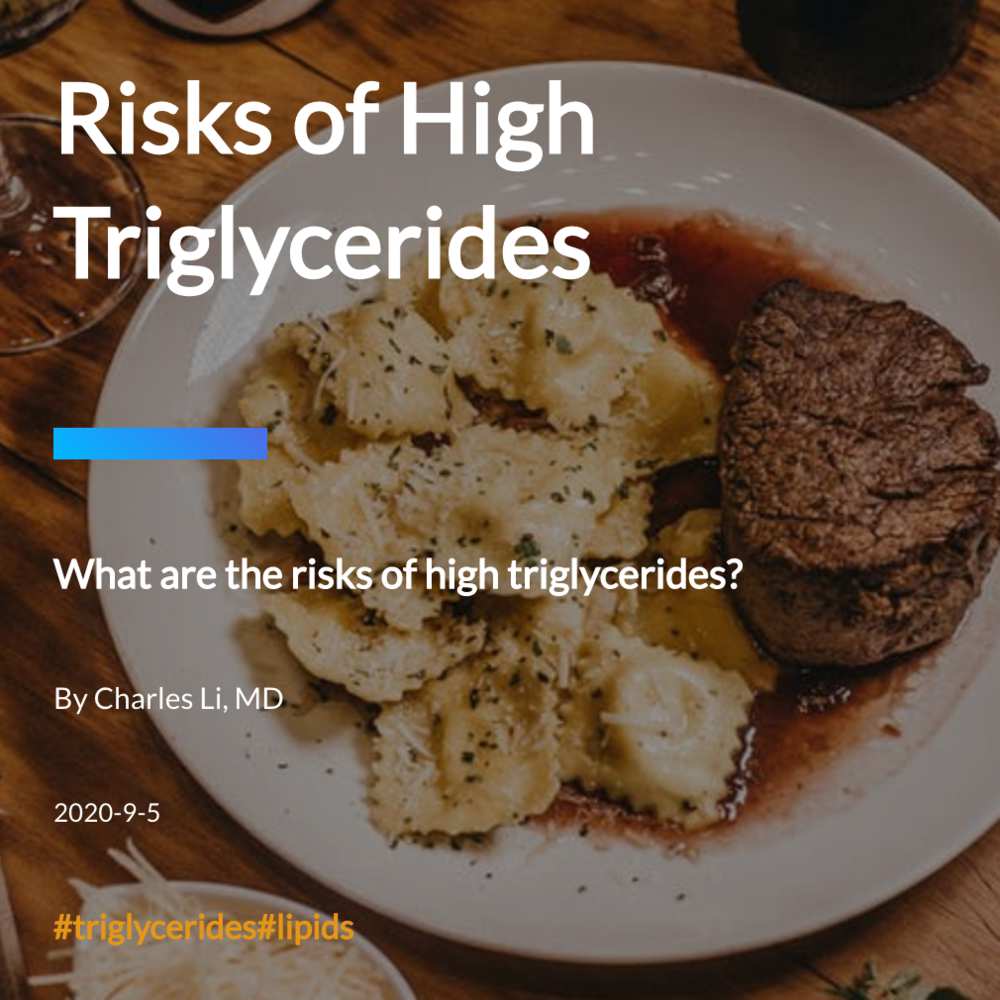
What are Triglycerides?
Why It Matters
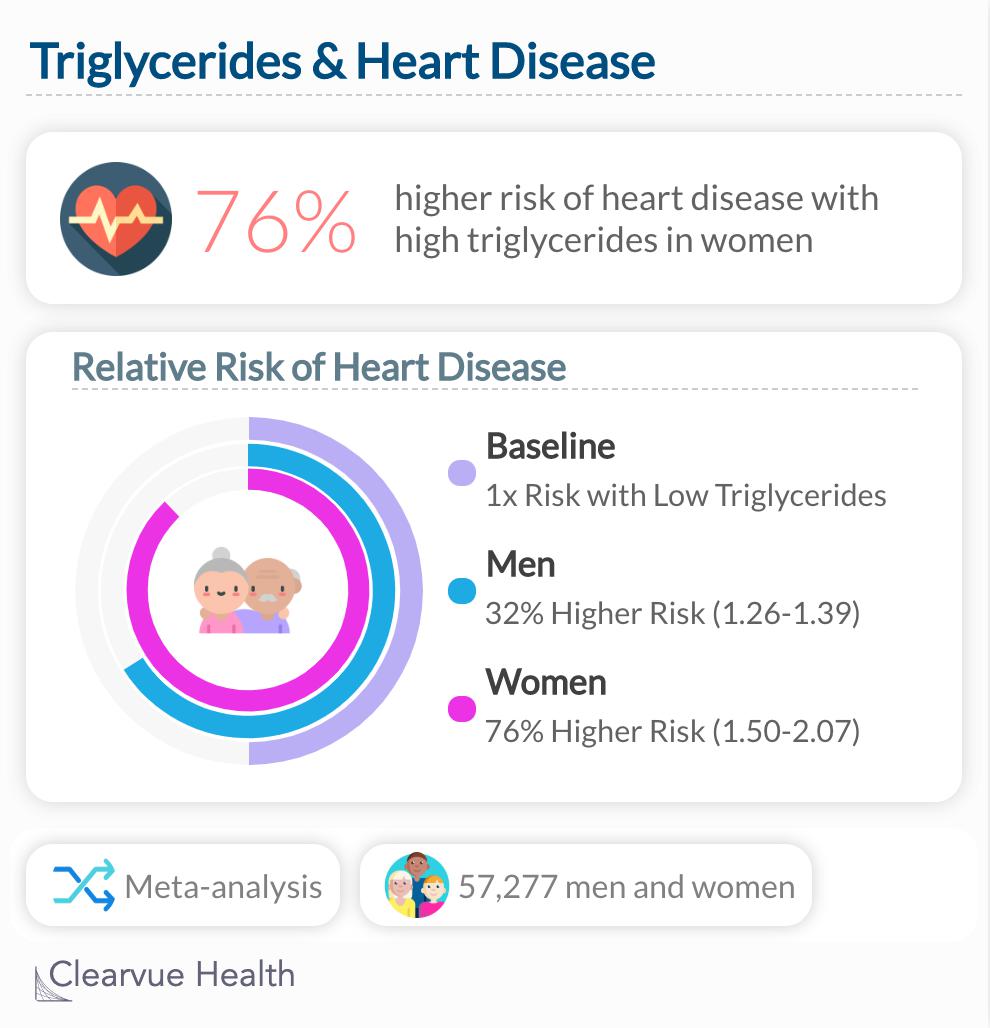
A meta-analysis found that men and women who have high triglycerides also have a much higher risk of heart disease. Much of this risk is driven by triglyceride's relationship with HDL, the good cholesterol. Generally, triglyceride levels rise and fall in-line with other types of cholesterol.
Data Source
" Based on combined data from prospective studies, triglyceride is a risk factor for cardiovascular disease for both men and women in the general population, independent of HDL cholesterol. These finding demonstrate the necessity for clinical trials to evaluate whether lowering plasma triglyceride decreases the risk of cardiovascular disease."
Recommended Levels
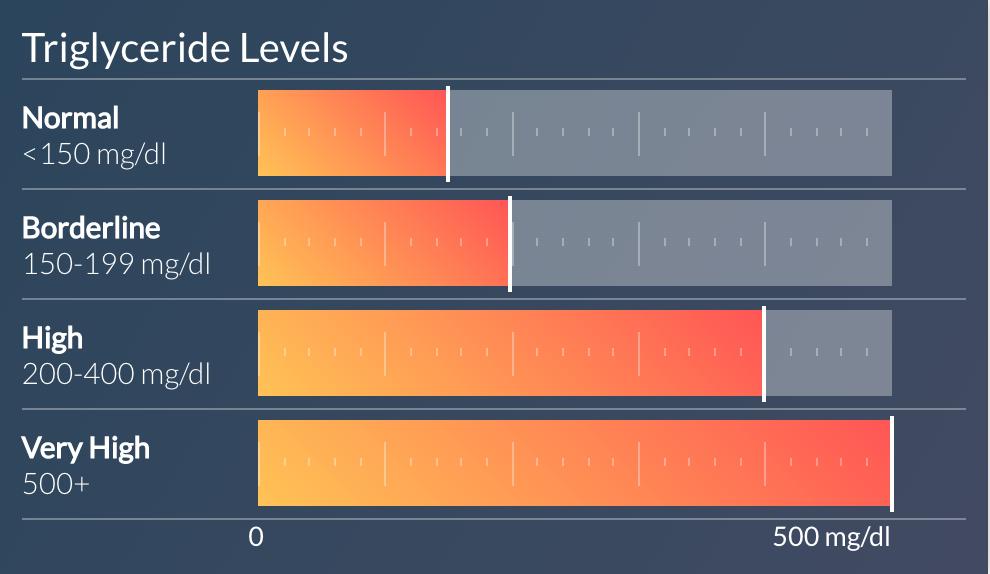
Generally, the lower your triglycerides the better. Those with more than 150 mg/dl of triglycerides are classified as borderline. Those with more than 200 mg/dL of triglycerides are considered to have high triglyceride levels.
Lowering Triglycerides

Exercise
"Aim for at least 30 minutes of physical activity on most or all days of the week. Regular exercise can lower triglycerides and boost "good" cholesterol. Try to incorporate more physical activity into your daily tasks — for example, climb the stairs at work or take a walk during breaks."

Watch Your Carbs
"Easily digested carbohydrates (white bread, white rice, cornflakes, and sugared soda) give triglycerides a definite boost. Eating whole grains and cutting back on sugared soda can help control triglycerides."

Cut the Butter
"Eating saturated fat, found in animal products, and trans fats, found in some commercially baked cookies and crackers and microwave popcorn, can raise your cholesterol level. Foods that are high in cholesterol, such as red meat and full-fat dairy products, will also increase your cholesterol."

#new
Scroll for more ->








